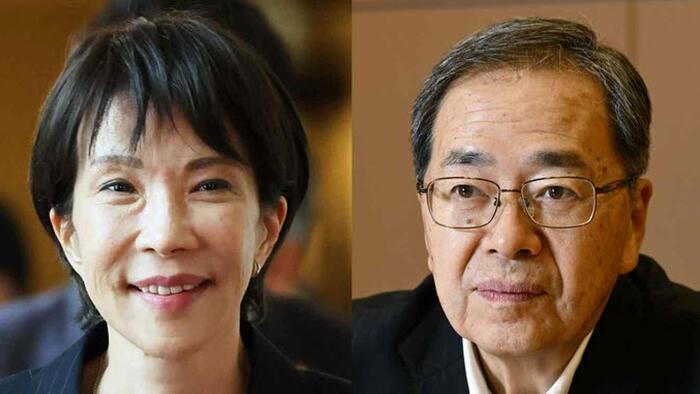Komeito’s abrupt withdrawal from its long-standing partnership with the Liberal Democratic Party sends shockwaves through Japan’s political landscape. Newly elected LDP leader Sanae Takaichi, poised to become the nation’s first female prime minister, now faces an uphill battle to secure support in a fractured parliament.
Political Chaos In Japan: LDP Partner Exits Ruling Coalition In Shock Blow To Takaichi, What Happens Next

Key Takeaways:
- Komeito’s exit leaves the LDP without a clear majority in both houses
- Newly elected LDP leader Sanae Takaichi’s path to the premiership is in jeopardy
- Opposition parties are exploring a joint candidate to challenge Takaichi
- Komeito cites unresolved differences over political funding rules
- Japan’s market watchers brace for volatility amid the political shakeup
Komeito’s Departure and LDP Leadership
Komeito, the longtime partner of Japan’s Liberal Democratic Party (LDP), ended its decades-long alliance by announcing its formal withdrawal from the ruling coalition. The decision came on the heels of Sanae Takaichi’s election as LDP leader, a move that had initially positioned her as a likely candidate to become the nation’s first female prime minister.
A Shock to Takaichi’s Prospects
“What happens next?” reverberated across Tokyo’s corridors of power after Komeito leader Tetsuo Saito declared, “We are scrapping the coalition agreement with the LDP.” With the LDP and Komeito split apart, Takaichi’s path forward is fraught with obstacles. The LDP already lacked a majority in both houses of parliament. Without Komeito’s support, Takaichi’s nomination as prime minister now hangs in the balance.
Policy Differences and Political Funding Rules
Komeito cited disagreements over tightening regulations on corporate and group donations, pointing to a perceived lack of cooperation from the LDP. Takaichi explained that she needed to consult with other LDP officials before making a firm commitment, while Komeito pressed for immediate action. This policy clash propelled Komeito’s decision to depart.
Opposition Weighs Its Options
The sudden LDP-Komeito split has emboldened Japan’s opposition parties. While the possibility exists for united support behind a single candidate, such as Yuichiro Tamaki of the Democratic Party for the People (DPFP) or Yoshihiko Noda of the Constitutional Democratic Party (CDP), no firm agreement has been reached. Even so, growing discussions of a unified opposition could reshape parliamentary dynamics.
Market Reactions and Financial Insight
On the market front, observers noted a swift uptick in the Nikkei after Takaichi’s election to LDP leader, followed by a degree of volatility once Komeito’s withdrawal was confirmed. According to one analysis, concerns linger regarding how a minority LDP government might handle fiscal issues and economic reforms. The uncertainty has wide-reaching implications for investors, edging both equities and currency traders toward caution.
Balancing Power in an Uncertain Diet
Takaichi’s leadership status alone does not guarantee her the prime minister’s seat. Japan’s constitution requires the Diet to vote on the next prime minister, and Komeito plans to vote for its own leader, Tetsuo Saito. The LDP and other parties could face multiple rounds of voting if no single candidate achieves a majority in the first ballot.
Perspectives from Political Analysts
Analysts suggest that although Takaichi’s support within the LDP is strong, the party’s break with Komeito introduces a new level of complexity to governing. Alternate alliances may form on an issue-by-issue basis, or new coalitions could reconfigure power lines in the Diet. With the possibility of a second or third runoff vote, unpredictability remains high.
What Lies Ahead
The next immediate political milestone is the parliamentary vote on Japan’s prime minister, potentially delayed until October 20 or later. Whether Takaichi secures enough seats to govern, or whether an opposition-backed deal emerges, remains to be seen. One thing is certain: Komeito’s exit has upended traditional political calculations, recasting Japan’s leadership transition in a whole new light.











